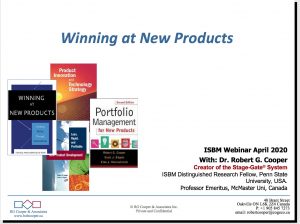
The Pandemic Pivot: The Need for Product, Service and Business Model Innovation
As firms face disruptive events in the marketplace, they must be prepared to adapt. Oftentimes, adapting necessitates a “pivot” in how firms operate across multiple dimensions.











